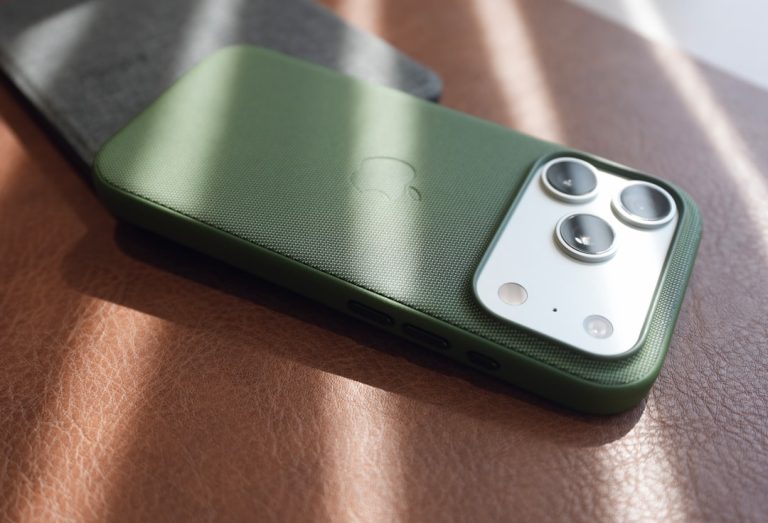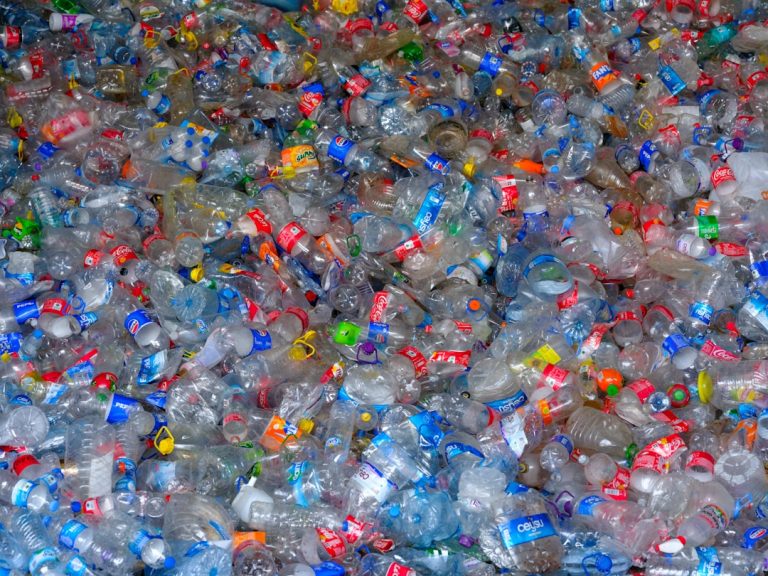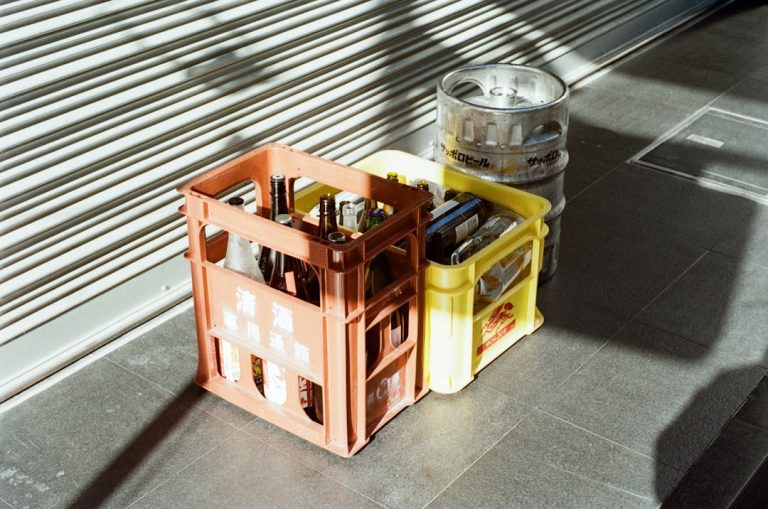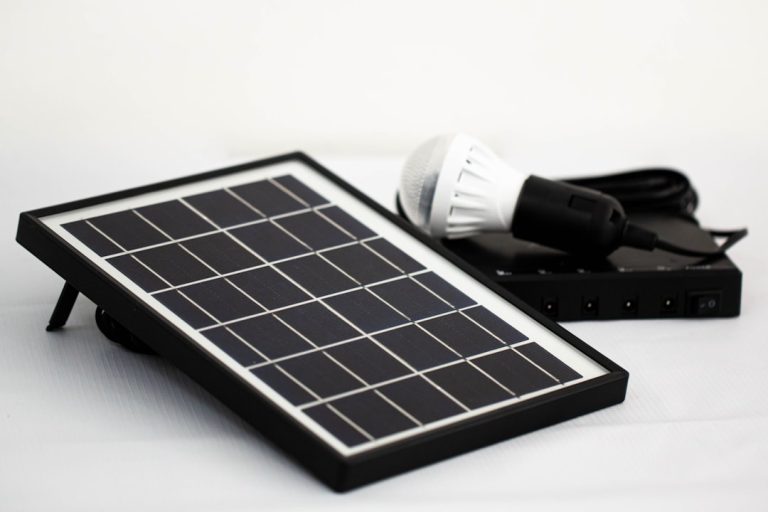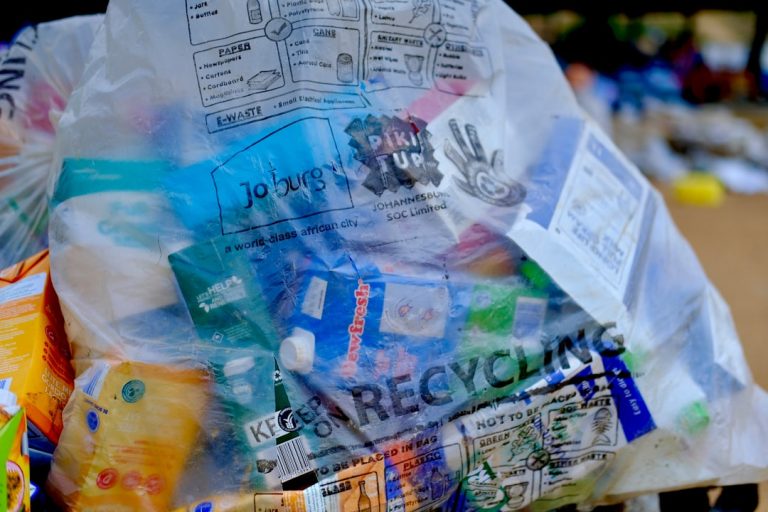My Experience with Digital Decluttering for Less E-waste.
My Experience with Digital Decluttering for Less E-waste.
For years, my digital life was a chaotic mess. My desktop was a graveyard of unsorted files, my downloads folder a black hole, and my cloud storage accounts overflowed with duplicate photos and forgotten documents. I wasn’t just accumulating data; I was accumulating digital anxiety. What I didn’t realize then was that this digital clutter wasn’t just a personal inconvenience; it was contributing to a much larger problem: e-waste. My journey into digital decluttering began as a quest for mental clarity, but it quickly evolved into a surprising and deeply impactful stride towards reducing my environmental footprint. This isn’t just a story about tidying up; it’s about uncovering the hidden connections between our digital habits and the physical waste that clogs our planet.
Starting My Journey: Unpacking the Digital Hoard and E-waste Guilt
The realization didn’t hit me overnight. It was a slow, creeping awareness, much like the way my digital files had accumulated. Every time my laptop slowed to a crawl, every time I saw the “storage almost full” notification, a pang of guilt would strike. I knew that eventually, this performance degradation would lead me to consider upgrading, buying a new device, and contributing to the ever-growing mountain of electronic waste. The environmental impact of e-waste – from toxic chemicals leaching into the soil to the immense energy required for manufacturing new gadgets – had always bothered me, but I hadn’t connected it directly to my own digital hoarding habits.
The Overwhelming Digital Landscape I Faced
My digital world was a mirror of a disorganized physical space. Hundreds of thousands of photos, many duplicates or blurry shots, spanning over a decade. Emails piled high in inboxes, some dating back to the early 2000s, full of newsletters I never read and conversations long forgotten. Documents scattered across multiple cloud services and local drives, with no clear naming convention or folder structure. Apps I’d downloaded on a whim and used once, lurking silently in the background, consuming storage and processing power. It felt like an insurmountable task, a digital Everest I had no idea how to climb. The sheer volume was paralyzing, and the thought of tackling it often led me to simply close my laptop and ignore the problem, allowing it to fester further.
Connecting Digital Overload to My Physical Consumption Habits
As I started researching digital decluttering, the link to e-waste became startlingly clear. My slow devices weren’t just an annoyance; they were a symptom of neglect that pushed me closer to replacing them. A device that performs poorly is often deemed “old” or “obsolete” prematurely, even if its hardware is still perfectly capable. This accelerated upgrade cycle is a major driver of e-waste. If I could optimize my current devices by removing unnecessary bloat, perhaps I could extend their useful life, thereby delaying the purchase of a new one. This was my “aha!” moment. My digital clutter wasn’t just costing me mental energy; it was indirectly costing the planet valuable resources and contributing to landfills.
The Method Behind My Digital Decluttering Madness (and its Eco-Impact)
With this newfound motivation, I embarked on what felt like a digital archaeological dig. I knew a haphazard approach wouldn’t work; I needed a strategy, a systematic way to tackle the mountain of data. My goal wasn’t just to delete, but to organize, optimize, and create sustainable digital habits. This process wasn’t quick, but each step felt like a victory, not just for my sanity, but for my commitment to less e-waste.
Tackling the Photo Avalanche and Document Deluge
My photos were the biggest beast. I started by using duplicate file finders, which immediately freed up gigabytes of space. Then came the manual culling: deleting blurry shots, screenshots I no longer needed, and redundant images. I created a consistent folder structure, categorizing by year and event, and backed up only the truly precious memories. For documents, I adopted a “four D’s” approach: Delete (if obsolete), Do (if it requires action), Delegate (if someone else needs it), or Decide (if it needs a designated home). This systematic processing transformed chaotic folders into organized archives. By reducing the sheer volume of files, I reduced the storage burden on my devices and cloud services, implicitly lowering the energy demand associated with maintaining vast data centers and the production of new storage hardware.

Streamlining Apps, Emails, and Cloud Storage
Next, I turned my attention to apps and emails. I uninstalled applications I hadn’t used in months, particularly those that ran in the background. For emails, I unsubscribed from countless newsletters, deleted old promotional emails, and set up filters for new incoming mail. This dramatically reduced the daily digital noise. Cloud storage was another major area. I consolidated accounts, deleted redundant backups, and moved less critical, older files to cheaper, less frequently accessed archival storage. This wasn’t just about saving money on subscriptions; it was about acknowledging that every piece of data stored in the cloud has a physical footprint – servers consuming electricity, cooling systems running non-stop, and eventually, hardware that becomes e-waste. By being more judicious about what I stored, I felt I was making a small but meaningful contribution to reducing the overall demand on this vast, energy-intensive infrastructure. This phase of my digital decluttering journey really highlighted the understanding your digital carbon footprint aspect.
Discovering the Tangible Link: How Less Digital Clutter Reduces Physical Waste
The most profound realization from my digital decluttering experience was the direct, albeit often unseen, connection between my digital actions and the physical world of e-waste. It wasn’t just about feeling better; it was about tangible environmental benefits that directly impacted the lifespan of my devices and the resources needed to support my digital life.
Extending Device Lifespan Through Optimized Performance
Once my digital spaces were clean, the difference in my devices was remarkable. My laptop, which had been sluggish and prone to freezing, suddenly felt snappier, more responsive. Applications launched faster, and multitasking became seamless again. This improved performance meant I no longer felt the urge to upgrade. My “old” laptop, now optimized, could easily handle my daily tasks for another year or two, perhaps even more. This direct extension of my device’s useful life is perhaps the most significant way my digital decluttering contributed to less e-waste. Every year I delay buying a new laptop, phone, or tablet means one less device manufactured, one less set of precious metals extracted, and one less item destined for a landfill. It’s a powerful demonstration of how extending the life of your gadgets can have a real impact.
Reducing the Demand for New Storage Solutions
Before decluttering, I was constantly eyeing larger external hard drives or considering

